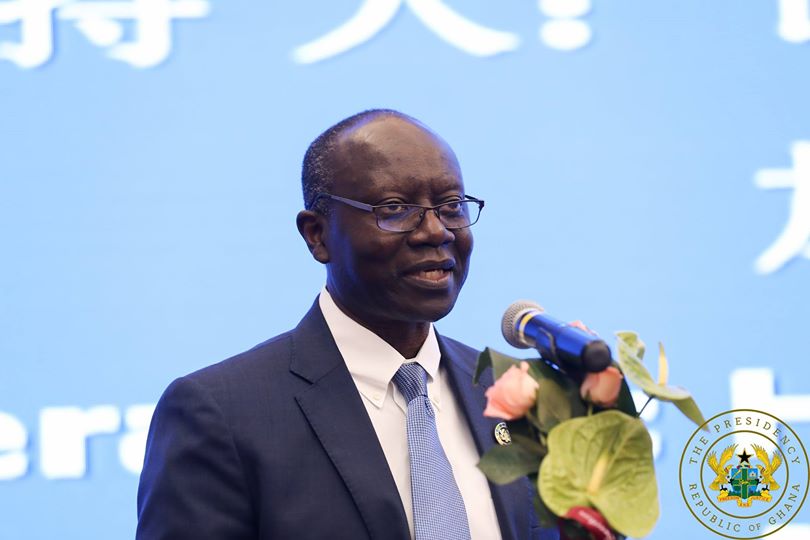Latest report from the Ghana Statistical Service (GSS) has shown that inflation remained unchanged at 7.8% in February 2020.
This continued the trend of a stable inflation rate of about 8% recorded over the past six months.
According to the GSS, food is still the main driver of inflation in Ghana, even though there are four divisions with higher inflation rates.
Compared to January 2020, there was a shift in the inflation for the Housing, Water, Electricity and Gas Division, from 7.6% to 6.3%.
This meant it contributed less to the February 2020 inflation compared to the previous inflation.
Food inflation was 7.9% while non-food inflation was 7.7%.
For the non-food inflation, Alcoholic Beverages, Tobacco and Narcotics (11.6%); Transport (9.9%); and Recreation (9.0%) and Clothing and Footwear were the divisions with the highest rates of inflation.
ALSO READ: BoG extends minimum capital deadline for MoMo operators to December 2020
For food inflation, price levels of Vegetables; Fruits and Nuts, Cocoa Drinks were higher than its average of 7.9%.
Inflation of imported goods was 5.9%, while the inflation of local goods was 8.6% on average.
For the regions, Greater Accra recorded the highest inflation rate of 9.7% whiles the region with the least inflation rate of 5% was the Upper West region.




















